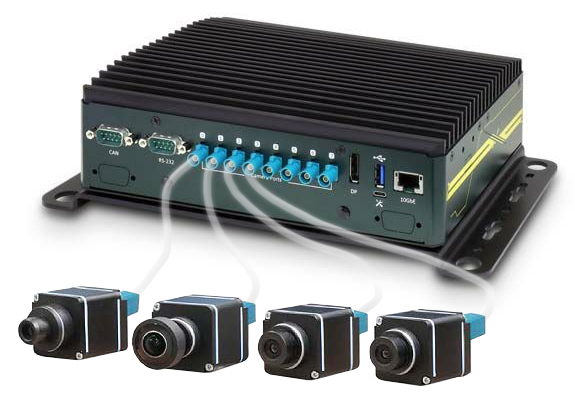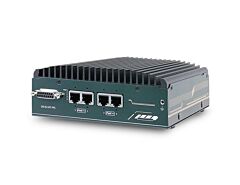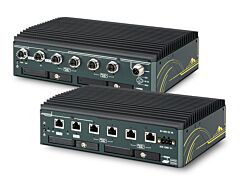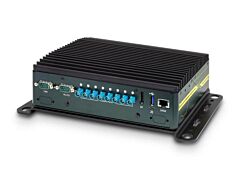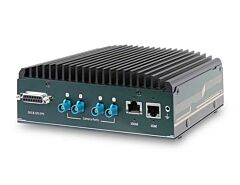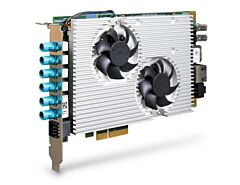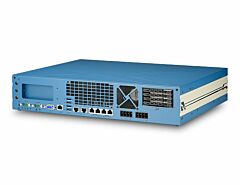Automated License Plate Recognition on Law Enforcement Vehicles
Overview
According to a McKinsey research, e-commerce has grown two to five times faster than before the pandemic across different countries. The soaring demands for shipment delivery have resulted in a severe backlog at many seaports and a massive shortage of drivers in road freight, entailing the need for smarter logistics and delivery solutions to solve problems and reduce costs. Autonomous delivery is deemed as one of the answers, which could bring seismic changes to the world of retail and become a driving force for the development of next-generation transportation systems.
Our customer is one of the world's most remarkable forerunners in exploring autonomous delivery and intelligent logistics, who has employed state-of-the-art driverless technology and cargo robotics in developing autonomous electric vehicles for last- and middle-mile multi-stop delivery services. Their cars run on public roads with no cabin, no steering, no pedals, no driver and no workers, ensuring maximum volumetric and energy efficiency with minimal operational costs.
Their revolutionary vehicles are realized with the joined support of Neousys' high-performance in-vehicle controller Neousys VTC Series that delivers compelling processing power, fast data communication capabilities, and rugged construction.
Challenges
Ultra-low latency in data transmission ensuring safety and reliability
Autonomous driving technology is composed of self-driving software, AI algorithms, sensors (e.g., cameras, LiDAR and radar), ECUs and other hardware components, working in concert with each other, which needs robust in-vehicle communications among all the things and fastest wireless vehicle-to-vehicle (V2V) and vehicle-to-everything (V2X) communications to ensure highest situational awareness and safety.
Our customer also has developed a personnel remote operation system that allows remote supervision and control of the delivery vehicles in cases where autonomy cannot be applied. It be difficult for the conventional 4G speed of wireless communication to achieve seamless handoffs and meet latency requirements, and 5G-grade speed will be needed in such mission-critical applications with no tolerance for errors.
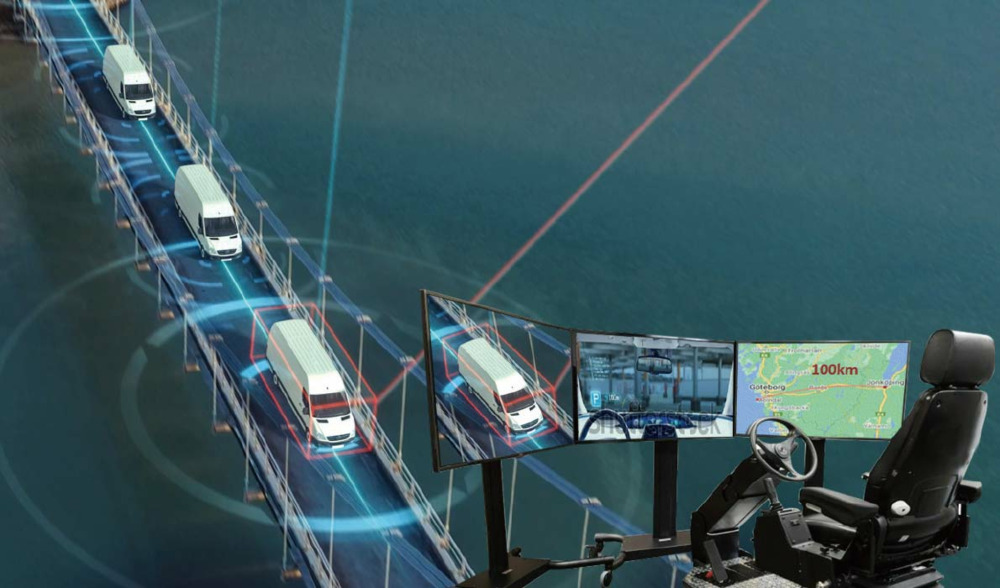

Solution
To have a system that can operate in in-vehicle conditions and have cameras operate in various lighting conditions while in the rain, our customer chose to utilize the Neousys NRU series edge computers. It supports GMSL cameras that have IP67 waterproof characteristics, high dynamic range (>120dB HDR), auto white balance (AWB), and LED flickering mitigation (LFM), and is not affected by lighting conditions, sunny, overcast or in the dark. The NRU series edge computer is powered by NVIDIA® Jetson AGX Xavier that offers TFLOPS inference performances, perfect for image recognition applications.
The NRU series systems are also tested to be compliant with MIL-STD-810G to withstand shock and vibration conditions of a moving vehicle; are compact that can fit into confine space installations; come with ignition power control to protect the computer from power surges at startups; and offer true wide temperature operation capabilities.
